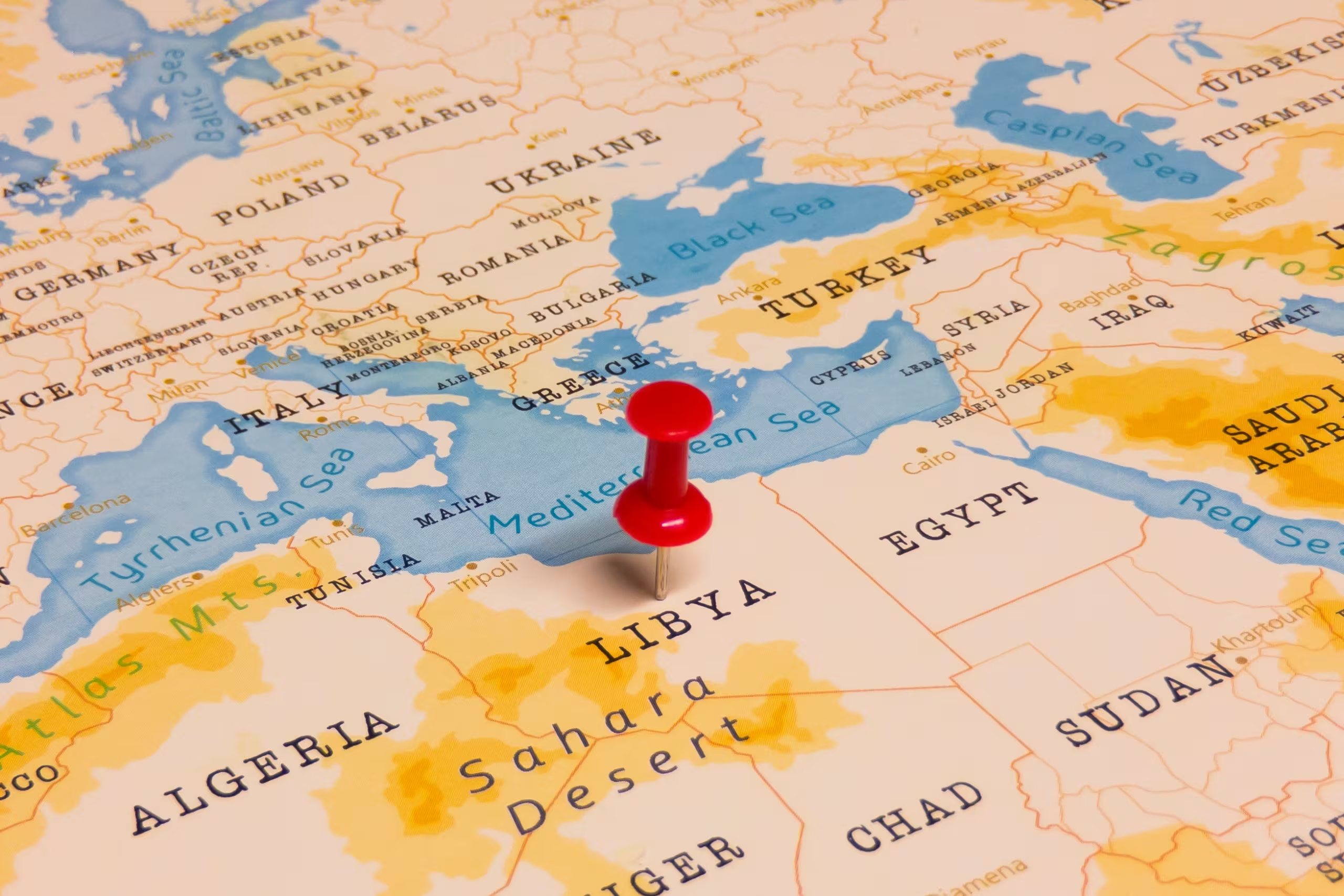moulddni0.com – Libya, located in North Africa, holds the distinction of being the seventeenth largest country in the world by land area. This vast nation, with its rich history and strategic geographical location, plays a significant role in the region’s economic, political, and cultural landscape.
Geographical Overview
Spanning over 1.7 million square kilometers, Libya is characterized by its diverse landscapes, including the Sahara Desert, which covers much of the country’s south, the Mediterranean coastline to the north, and the fertile Jabal al-Akhdar mountain region in the northeast. The country’s strategic location at the crossroads of Africa, Europe, and the Middle East has historically made it a crucial trade and cultural exchange route.
Economic Potential and Challenges
Libya is endowed with significant natural resources, particularly oil and natural gas, which have historically been the backbone of its economy. Despite this wealth, the country faces significant economic challenges, including political instability, corruption, and the reliance on a single resource. The ongoing conflict and political turmoil have further hindered economic development and led to a decline in living standards for many Libyans.
Cultural Heritage
Libya boasts a rich cultural heritage that spans thousands of years, from ancient civilizations such as the Phoenicians, Greeks, and Romans to the more recent Ottoman and Italian colonial periods. This diverse history is reflected in the country’s architecture, language, and traditions. The ancient city of Cyrene, the rock-cut tombs of the ancient necropolis of Leptis Magna, and the UNESCO World Heritage Site of the Garamantian city of Garama are just a few examples of Libya’s rich archaeological legacy.
Political Landscape
Libya has experienced significant political upheaval in recent years, culminating in the 2011 revolution that led to the overthrow of Muammar Gaddafi’s regime. Since then, the country has struggled with governance issues, including political fragmentation, armed conflict, and the presence of various militias. Efforts towards national reconciliation and the establishment of a stable, unified government have been hampered by internal divisions and external interventions.
Environmental Concerns
Libya’s vast deserts and limited water resources present significant environmental challenges. The country is particularly vulnerable to the impacts of climate change, including desertification, water scarcity, and extreme weather events. Conservation efforts and sustainable management of natural resources are crucial for addressing these challenges and ensuring the long-term viability of Libya’s environment.
Conclusion
Libya, with its size, resources, and strategic location, has the potential to be a key player in the region and beyond. Addressing the challenges of governance, economic development, and environmental conservation is essential for the country to realize its full potential. As Libya continues to navigate its complex path forward, both national and international efforts are required to support peace, stability, and sustainable development in this vast and important nation.
